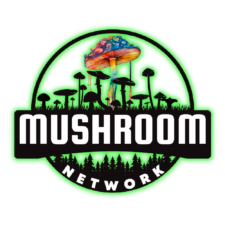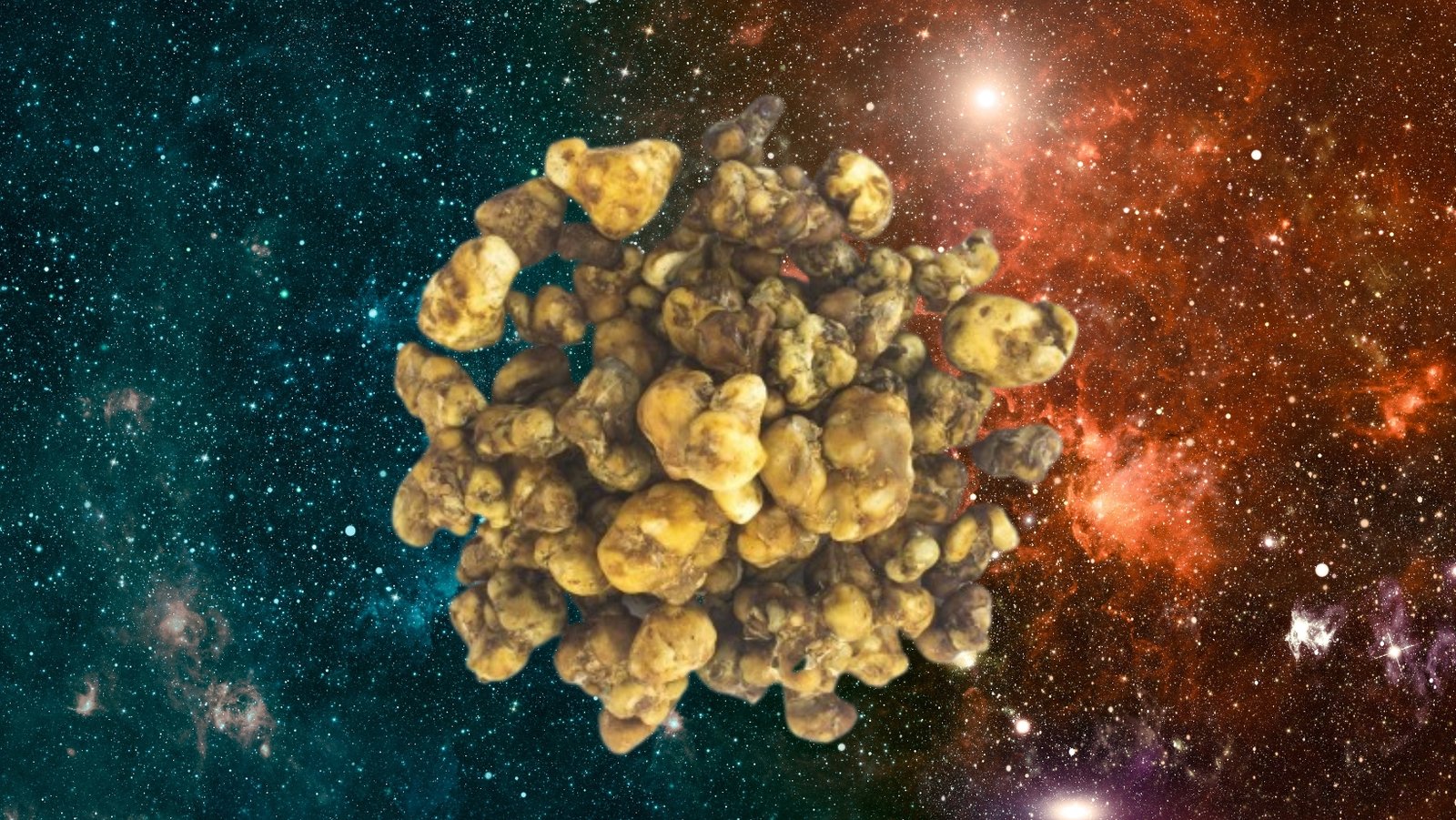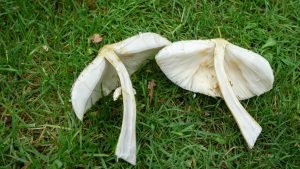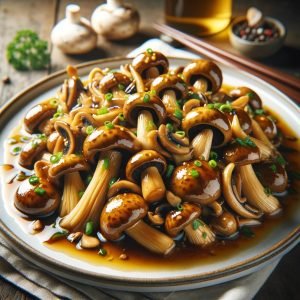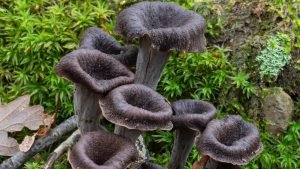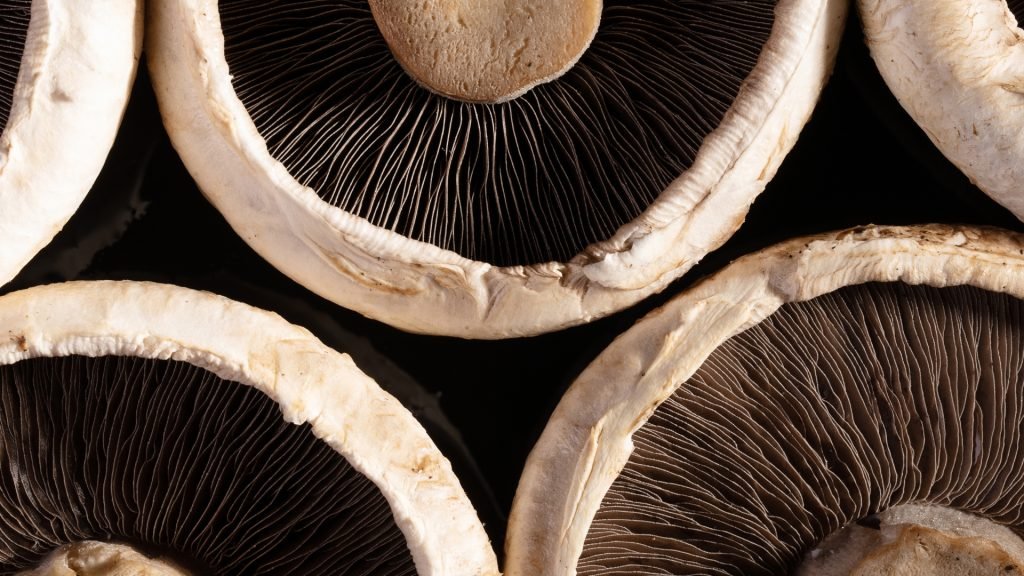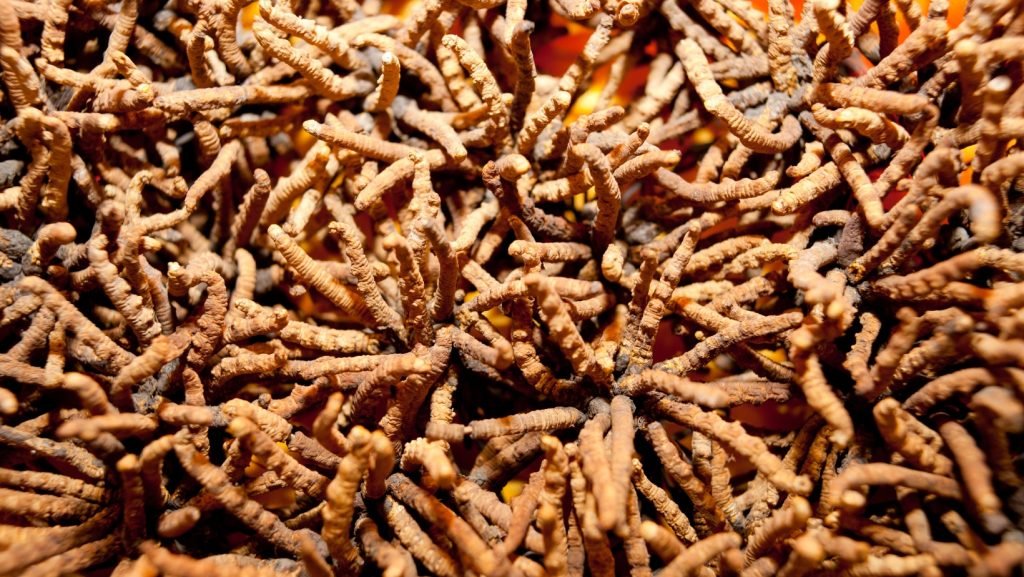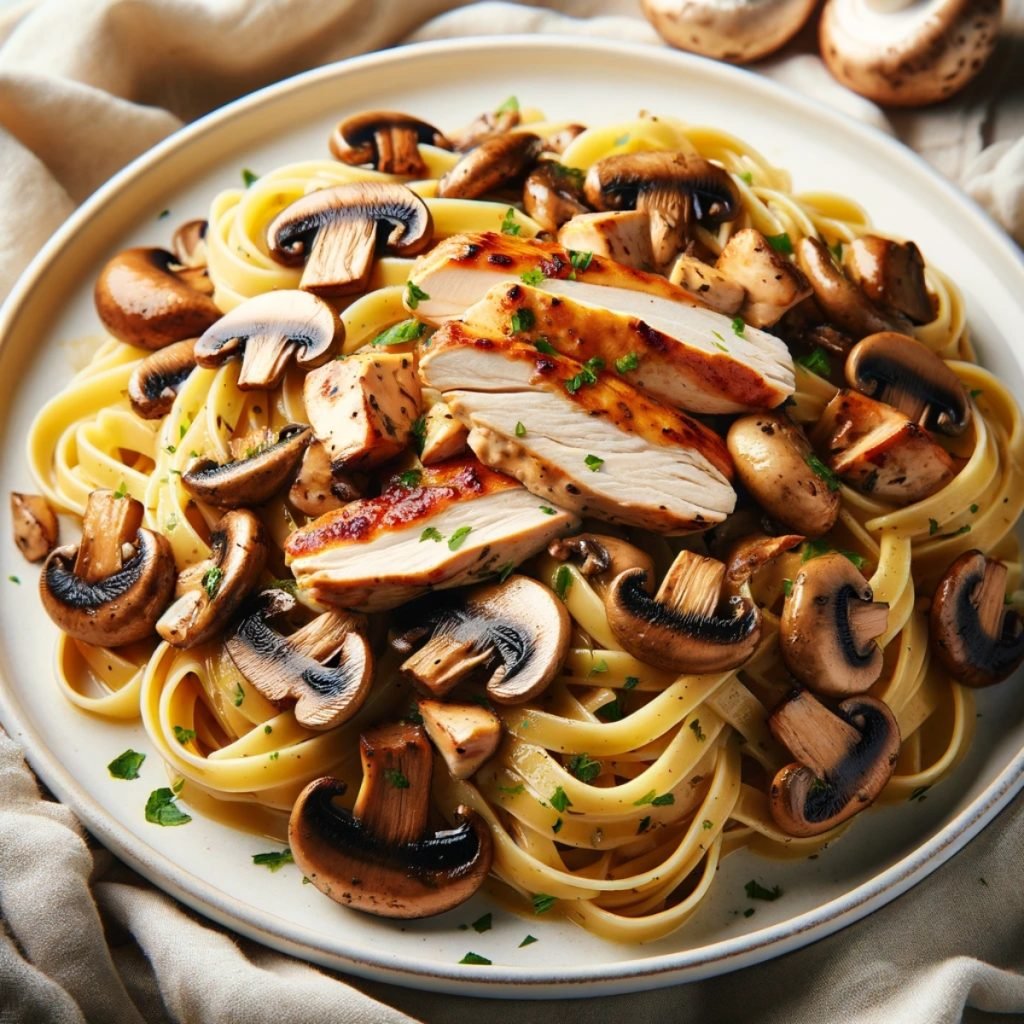Truffles have a hidden facet beyond their culinary uses. Certain species, often referred to as “magic truffles”, contain the psychoactive compounds psilocybin and psilocin, substances known for their powerful psychedelic effects.
A Peek into Psychedelia:
Scientifically known as sclerotia, these are a product of specific psilocybin mushroom species. Unlike typical truffles, magic truffles are not the fruiting body of the fungus, but a hardened mass of mycelium, essentially a storage organ for nutrients that helps the fungus survive adverse conditions. Despite this difference, they share the subterranean growth habit with their culinary counterparts.
Magic truffles owe their “magic” to psilocybin and psilocin. When ingested, psilocybin is converted into psilocin in the human body, which binds to serotonin receptors in the brain. This binding triggers a range of psychological effects, including visual and auditory hallucinations, a distorted sense of time, spiritual experiences, and introspective insights. Because of these effects, magic truffles have been used both recreationally and therapeutically, with recent research suggesting potential benefits in treating mental health conditions such as depression, anxiety, and PTSD.

The Species and Cultivation of Magic Truffles:
The most well-known magic truffle species include Psilocybe tampanensis, Psilocybe mexicana, and Psilocybe atlantis. Cultivating these sclerotia follows a process somewhat similar to growing regular mushrooms, albeit with an extended timeline due to the slow-growing nature of sclerotia. It involves inoculating a suitable substrate (usually a mixture of grains) with spores or mycelium, maintaining optimal environmental conditions, and patiently waiting as the mycelium network develops and sclerotia forms.
While the cultivation of magic truffles might be technically simpler than that of their culinary cousins, it is essential to note that the cultivation and possession of psilocybin-containing fungi are considered illegal in many countries. Therefore, anyone interested in cultivating magic truffles should first thoroughly understand the legal implications in their area.
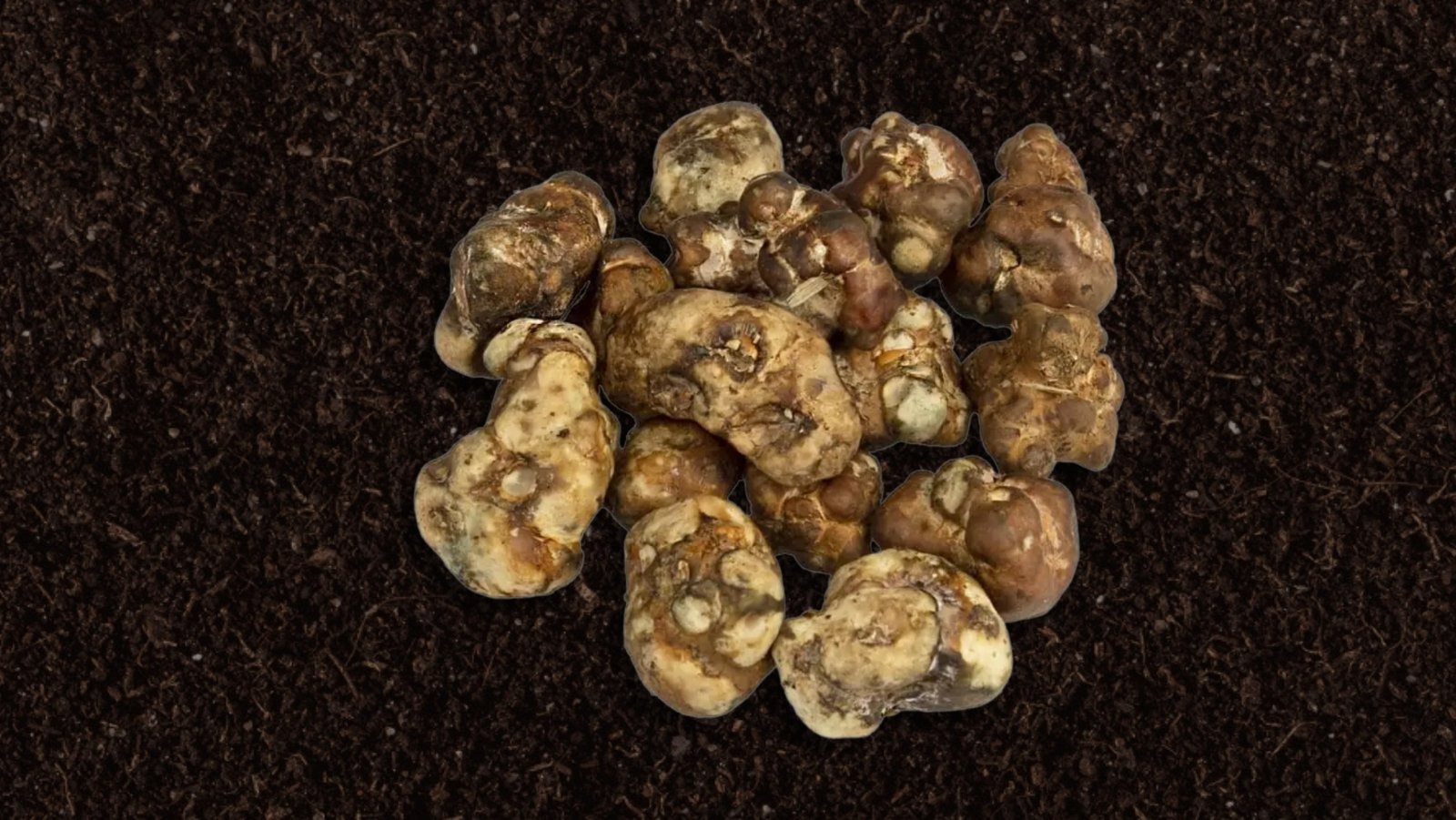
Magic Truffles in Contemporary Society:
Today, magic truffles are increasingly finding their way into mainstream culture, fueled in part by changing legal attitudes towards psilocybin and a renewed interest in the therapeutic potential of psychedelics. For example, in the Netherlands, where psilocybin mushrooms are illegal, magic truffles are sold legally in specialized “smart shops”, due to a loophole in the law.
Magic truffles, like all psychedelics, should be approached with respect and caution, given their profound psychological effects. When used responsibly and safely, they can offer a window into the complex workings of the human mind and a unique perspective on reality, further testament to the versatile and often surprising nature of the fungal kingdom.
The content provided on the 🍄 Mushroom Network is for educational and research purposes, aimed at fostering a deeper understanding of mycology. We don't endorse illegal activities or reckless behavior regarding the use or cultivation of specific mushroom species. Comprehending and respecting local laws concerning psychoactive fungi is your responsibility. Furthermore, always consult a healthcare provider before consuming any substances; our content doesn't replace professional medical advice. We don't promote personal use of these substances, but aim to educate on their scientific aspects. Any actions taken based on our information are at your own risk, and we aren't liable for any associated losses or damages. Always prioritize safety and legality in your mycological explorations.
Recommended Reads:
Green But Not Gold: The Deceptive Beauty of Chlorophyllum Molybdites
About This Article: Ready to meet the Shrek of the mushroom kingdom? Dive into our...
Read More...Brown Rice Flour (BRF) TEK Guide for Mycology
Dive into the world of mycology with the classic staple: Brown Rice Flour (BRF). Esteemed...
Read More...RECIPE: Stir Fry Mushrooms in Butter, Garlic, and White Wine
Introduction: Embark on a culinary journey with this exquisite mushroom dish, where the earthiness of...
Read More...Black Trumpet (Craterellus Cinereus)
Greetings, fungal aficionados and nature lovers! Today, we embark on a fascinating exploration of Craterellus...
Read More...Whoa there, Spore Sport! 🍄 Looks like you’re not logged in yet. Don’t you know what you’re missing? MYCO-CREDITS! Imagine all the fungal fun you could have. It’s like finding a Morel in May and not picking it. Tragic, right? Log In or Become a Myco-Patron and start racking up those credits. It’s more rewarding than finding a mushroom in your backyard! 🌟🏡
